At Auction | The Gustave Leonhardt Collection at Sotheby’s
Press release from Sotheby’s:
Sotheby’s: The Gustave Leonhardt Collection: Property from the Bartolotti House, L14307
London, 29 April 2014

Hedrick de Keyser, Bartolotti House, Amsterdam, 1617. Photo: The Amsterdam Municipal Department for the Preservation and Restoration of Historic Buildings and Sites (bMA), via Wikimedia Commons.
On 29 April 2014, Sotheby’s London will present The Collection of the legendary musician, Gustav Leonhardt (1928–2012) from the Bartolotti House, a magnificent canal residence in Amsterdam situated at 170 Herengracht. There, in the middle of the city, in a sanctuary of tranquillity overlooking a French‐style garden, the world‐renowned organist, harpsichordist, conductor and pedagogue—considered the finest Bach interpreter of his generation—would welcome visitors and students to a vast drawing room with his famous courtesy and natural gravitas. Guests would be equally impressed by the beautiful furnishings and works of art of 170 Herengracht. Every single piece of the Leonhardt Collection seems to have been commissioned for the celebrated 17th-century house, designed by Hendrick de Keyser and later partly embellished with 18th-century paintings, sculpture, stucco and woodwork. The superb ensemble of furniture, silver, ceramics, sculpture, books and Old Masters were all intended to recreate an 18th‐century setting and made a perfect backdrop for Leonhardt’s music, once described as “a simple sound, a clean line and minimal ornamentation.” The inspiration he drew from art was also reflected in his teaching, as he often urged his students to think of a painting or a sculpture to help them interpret a piece of music. The sale will comprise of approximately 300 lots and is estimated to raise around £1.5 million.
 Commenting on the forthcoming sale, Mario Tavella, Deputy Chairman, Sotheby’s Europe and Head of House Sales and Single Owner Collections said: “Few houses evoke more vividly the authentic beauty of the Dutch 17th and 18th centuries. It is not difficult to imagine the strong impression that Leonhardt’s students must have experienced when entering the house and being invited to play music in front of the great master and surrounded by his extraordinary collection. I only wish I had been there myself.”
Commenting on the forthcoming sale, Mario Tavella, Deputy Chairman, Sotheby’s Europe and Head of House Sales and Single Owner Collections said: “Few houses evoke more vividly the authentic beauty of the Dutch 17th and 18th centuries. It is not difficult to imagine the strong impression that Leonhardt’s students must have experienced when entering the house and being invited to play music in front of the great master and surrounded by his extraordinary collection. I only wish I had been there myself.”
Albertine Verlinde, Senior Director, Co‐Chairman of Sotheby’s Amsterdam said: “It is a huge honour to have been entrusted with the collection of one of the greatest musicians of the 20th century. This sale continues Sotheby’s long tradition of presenting house sales and private collections with extraordinary provenance.” Johan Bosch van Rosenthal, Art consultant representing Gustav Leonhardt’s family added: “This sale offers a unique opportunity for lovers of Baroque music and of 17th‐ and 18th‐century works of art alike to acquire a piece from this refined collection, formed by a man who managed to reconcile effortlessly the knowledge, taste and elegance of past eras with present‐day life.”
Sculpture
The austerity and search for perfection of the Dutch Baroque is reflected in the classicism that runs through the group of European sculpture. The cabinet objects, on the other hand, are more playful. Made in the Workshop of Artus Quellinus in the mid‐17th century, a relief of Diana the Huntress is one of three terracotta versions of the Quellinus marble in the Amsterdam Town Hall (est. £30,000–50,000). The other two versions are in the Rijksmuseum and in a private collection respectively. A further highlight of this section is a bronze depiction of Amphitrite made by the French sculptor Michel Anguier in the second half of the 17th century. It has recently been revealed by Philippe Malgouyres of the Musée du Louvre, that Anguier’s series of bronze gods was possibly inspired by an important manuscript collection of lute pieces assembled around 1652 by the amateur musician Anne de Chambré, who moved in the same circles as Anguier. The musical meaning may not have been known to Gustav Leonhardt, but must have revealed itself through the statuette’s composition (est. £30,000–50,000).

Lot 481: A German silver glass cooler, probably by Philipp Heggenauer, Augsburg, 1711–15, lion masks and drop ring handles, lion paw feet, 35cm, 13 3/4 in wide (estimate £25,000–35,000)
◊ ◊ ◊ ◊ ◊
Silver
The collection includes spectacular silver pieces, mostly from the Netherlands. Gustav Leonhardt always preferred candlelight to electric lighting, be it at home, or in a concert hall. It is therefore no surprise that this collection is rich in candlesticks, among which two unusual sets of four from The Hague and Amsterdam stand out (est. £25,000–45,000 and 15,000–25,000). A fine example of German silver is to be found in a rare verrière (glass cooler) with superbly expressive lion faces, made in Augsburg in 1711–15 (est. £25,000–35,000).
Ceramics and Glass
Similar to the furniture, many of the ceramic and glass pieces in this collection were primarily made in the Netherlands, England, Germany and France, with the addition of a good element of Chinese Export porcelain, altogether demonstrating Gustav Leonhardt’s excellent eye for style and quality. The core of the ceramic collection however is presented by an extensive and diverse array of 17th‐ and 18th-century Dutch Delft, made by celebrated factories. Painted in a luminous blue, or in a sophisticated polychrome palette, they offer an exciting diversity of forms. The collection also includes a charming group of German porcelain figures, including two Meissen figures of musicians by Kändler, circa 1745 (est. £2,000–3,000).
Old Masters

Lot 422: Giovanni Battista Tiepolo, The Assumption of Mary Magdalene, pen and brown ink and wash over black chalk
(estimate: £30,000–40,000).
The collection is further augmented by Old Master paintings, drawings and prints. At the core of this section is the dashing Assumption of Mary Magdalena by Giovanni Battista Tiepolo coming from the famous group of Tiepolo drawings assembled in the late 19th century by Prince Alexei Orloff (est. £30,000–40,000). 17th-century paintings in the collection celebrate the musical theme, including a group of Musicians and a Dog in an Interior by Gerard Pietersz Zijl, a Man with a Glass and Violin after the famous Hendrick Terbrugghen, and A Young Man with Flute from the Utrecht School. Reflecting the connoisseurship of Gustav Leonhardt’s print collection are works by important printmakers such as Canaletto, Goltzius, and Rembrandt—a large proportion of which also follow the theme of music.
Furniture
The Baroque keynote weaves through the furniture collection which spans Anglo Dutch, Flemish, French, and German pieces. Highlights include an attractive Louis XIV ebony, tortoiseshell, and brass Boulle marquetry bureau Mazarin, late 17th century (est. £25,000–40,000) and a fine Anglo‐Dutch William and Mary ivory floral marquetry two-door cabinet on stand, late 17th century (est. £25,000–40,000).
Gustav Maria Leonhardt
(30 May 1928 – 16 January 2012)
Gustav Leonhardt was a pioneer and a leading figure in the world of period instrument performance and Baroque music. A master harpsichordist, organist, scholar, conductor and teacher, he contributed to the rediscovery of the pre‐Mozart repertory. Throughout the second half of the 20th century, he exercised a considerable influence on the international musical scene, performing around the world and making hundreds of recordings. As Le Monde noted, “Gustav Leonhardt was to the harpsichord what Sviatoslav Richter had been to the piano: mysterious, self‐effacing, introspective, uncompromising and prone to flashes of unexpected brilliance within an already brilliant performance.”
Gustav Leonhardt was born in ’s‐Graveland, North Holland on 30 May 1928 and turned to the harpsichord at an early age. In 1947, Leonhardt entered the Schola Cantorum in Basel, Switzerland, where he studied organ and harpsichord with Eduard Müller. After three years, however, his parents, concerned with the few prospects of early music, sent him to Vienna to enrol on a conducting course with Hans Swarowsky. In the early 1950s, he rapidly established his reputation as outstanding harpsichordist and Bach interpreter and became professor of the instrument at the Vienna Academy of Music, and the Amsterdam Conservatoire. He also taught at Harvard in 1969 and 1970.
Considered the finest Bach interpreter of his generation, he methodically recorded Bach’s keyboard music, revisiting works like the Goldberg Variations. In 1971 Gustav Leonhardt and Nikolaus Harnoncourt jointly undertook a project, completed in 1990, to record all J.S. Bach’s sacred cantatas, one of the great projects of recorded classical music and one that has and will continue to inspire early music performers of the future. With the Leonhardt Consort, founded in 1955, Leonhardt and his wife, the violinist Marie Amsler performed a broad selection of the Baroque chamber, orchestral and dramatic repertory, and helped revive works by Rameau, Lully, André Campra and other Baroque composers. He also had a brief screen career in 1968, portraying Bach in Jean‐Marie Straub’s Chronicle of Anna Magdalena Bach. Back in Amsterdam, Mr. Leonhardt was appointed organist of the Waalse Kerk and later the Nieuwe Kerk (New Church), both of which still boast historic instruments.
Gustav Leonhardt continued to perform and teach, with his studio producing several important harpsichordists and early‐music conductors, among them Christopher Hogwood, Ton Koopman, Bob van Asperen, Alan Curtis, Pierre Hantaï and Skip Sempé. Musicians who worked with him described the experience as “life changing.”
He gave his last public performance on 12 December 2011 at the Théâtre des Bouffes du Nord in Paris.
The Bartolotti House, Herengracht 170, Amsterdam
The Herengracht is one of the most prominent canals in Amsterdam. It has been a prestigious address since the 17th century. The Bartolotti House was built circa 1617–21, after a design by Hendrick de Keyser. It was commissioned by Willem van den Heuvel, one of the richest merchants in Amsterdam who inherited an enormous fortune from his uncle Giovanni Battista Bartolotti and thereafter took his name, becoming Guillielmo Bartolotti. Today the house is one of the best surviving examples of early 17th-century Dutch architecture. The cartouches incorporated in the facade reflect merchant’s virtues underpinning commercial success: Ingenio et assiduo labore (‘through ingenuity and unremitting labour’) and Religione et probitate (‘through religion and virtue’). Gustav Leonhardt and his family lived in the Bartolotti House from 1974 to 2012, publishing his extensive research about the house and its residents in 1979.
◊ ◊ ◊ ◊ ◊
Note (added 2 May 2014) — As reported at ArtDaily, “The sale . . . surpassed pre-sale expectations and achieved £1,949,244 (€2,370,674) (est. £1.1–1.6 million / 1.3–1.9 million), with 92% of lots sold.” Results for individual lots are available here»

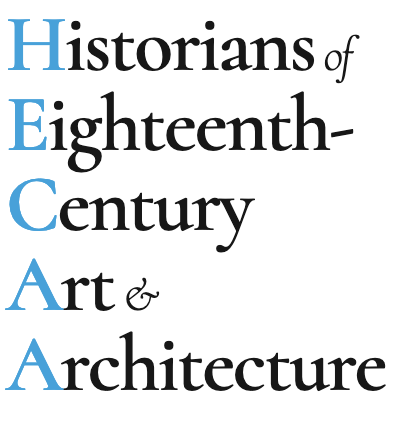

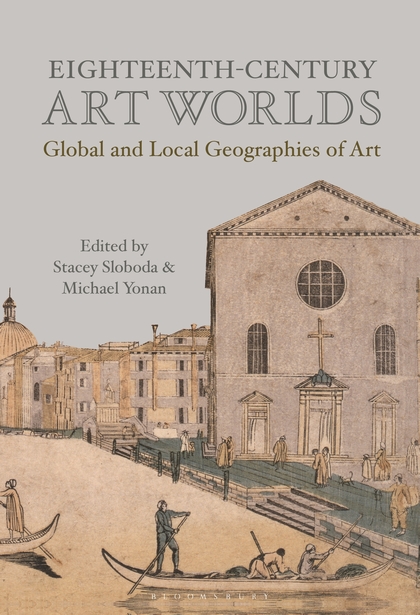

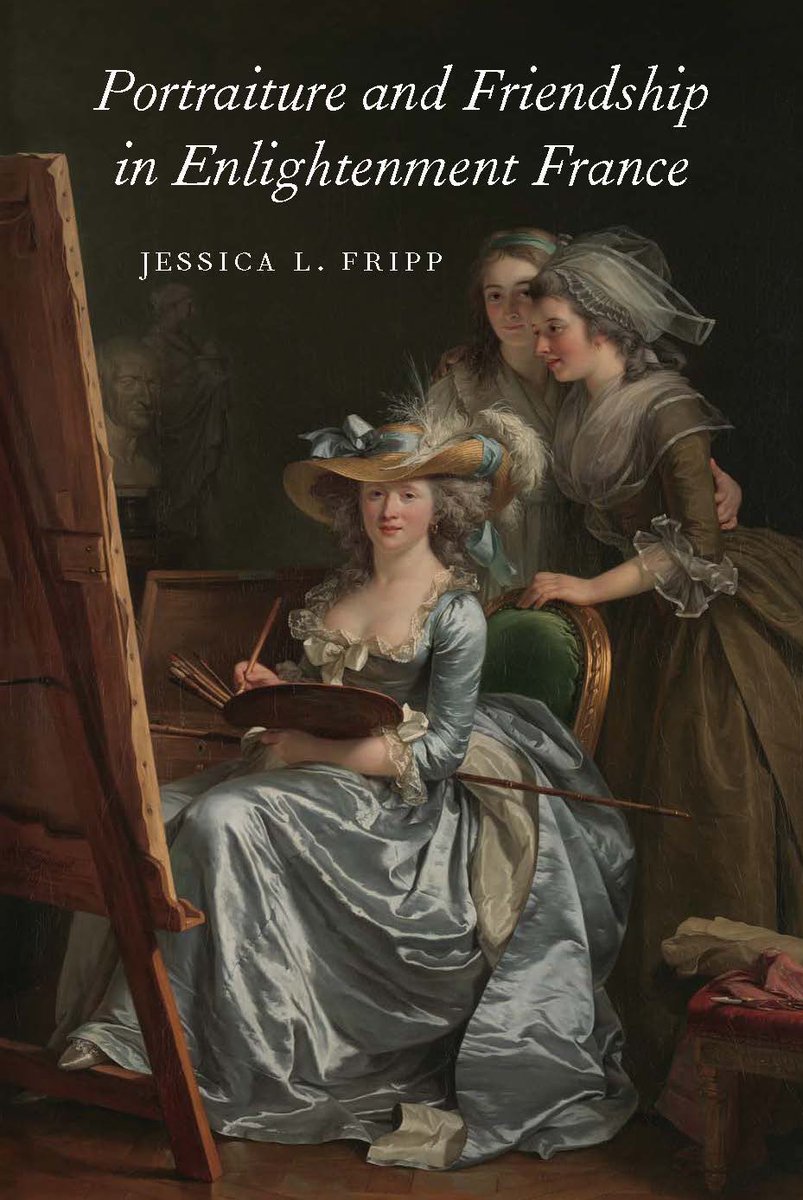















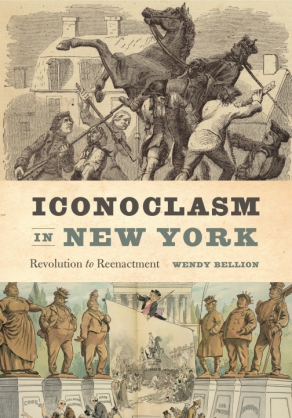



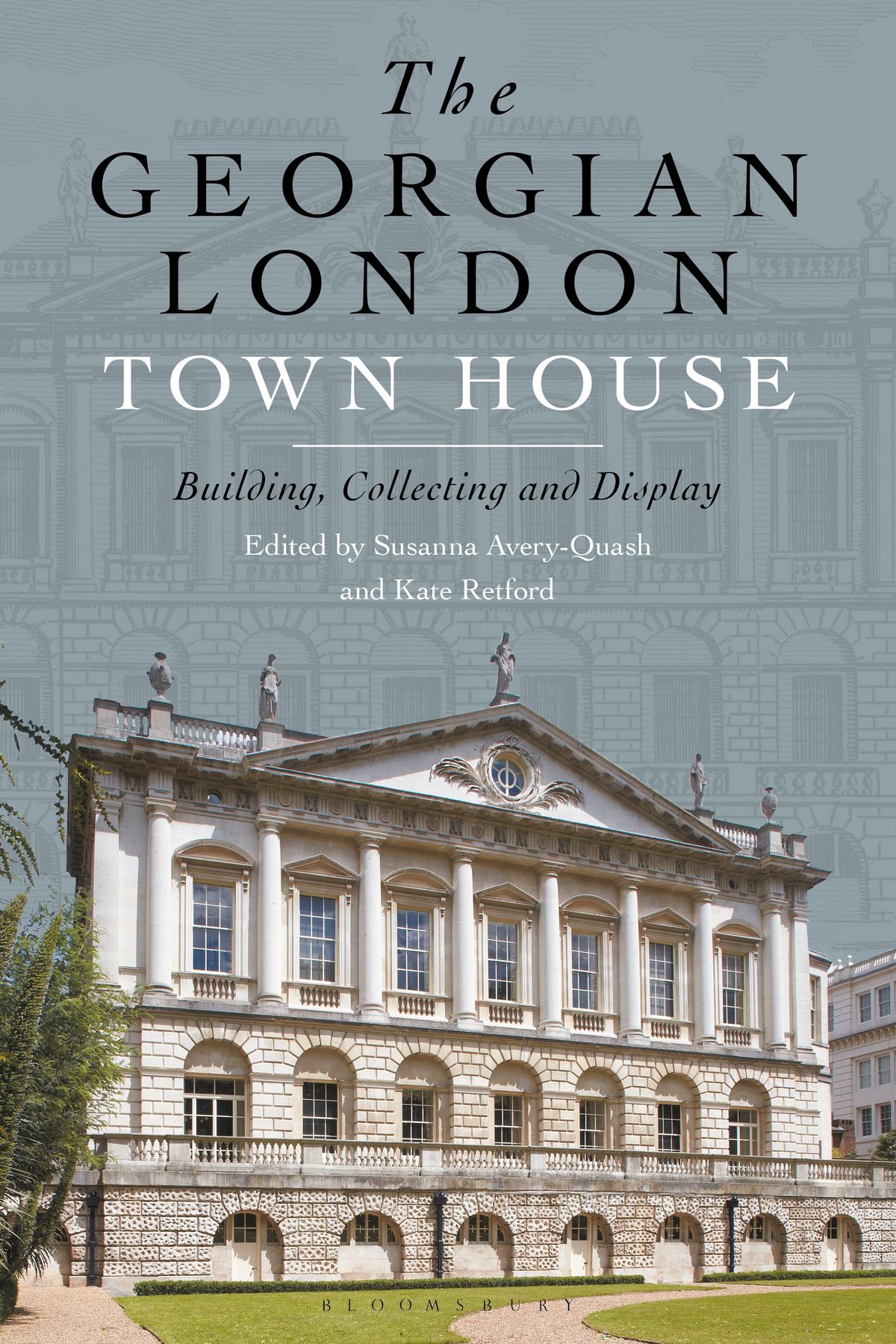


leave a comment